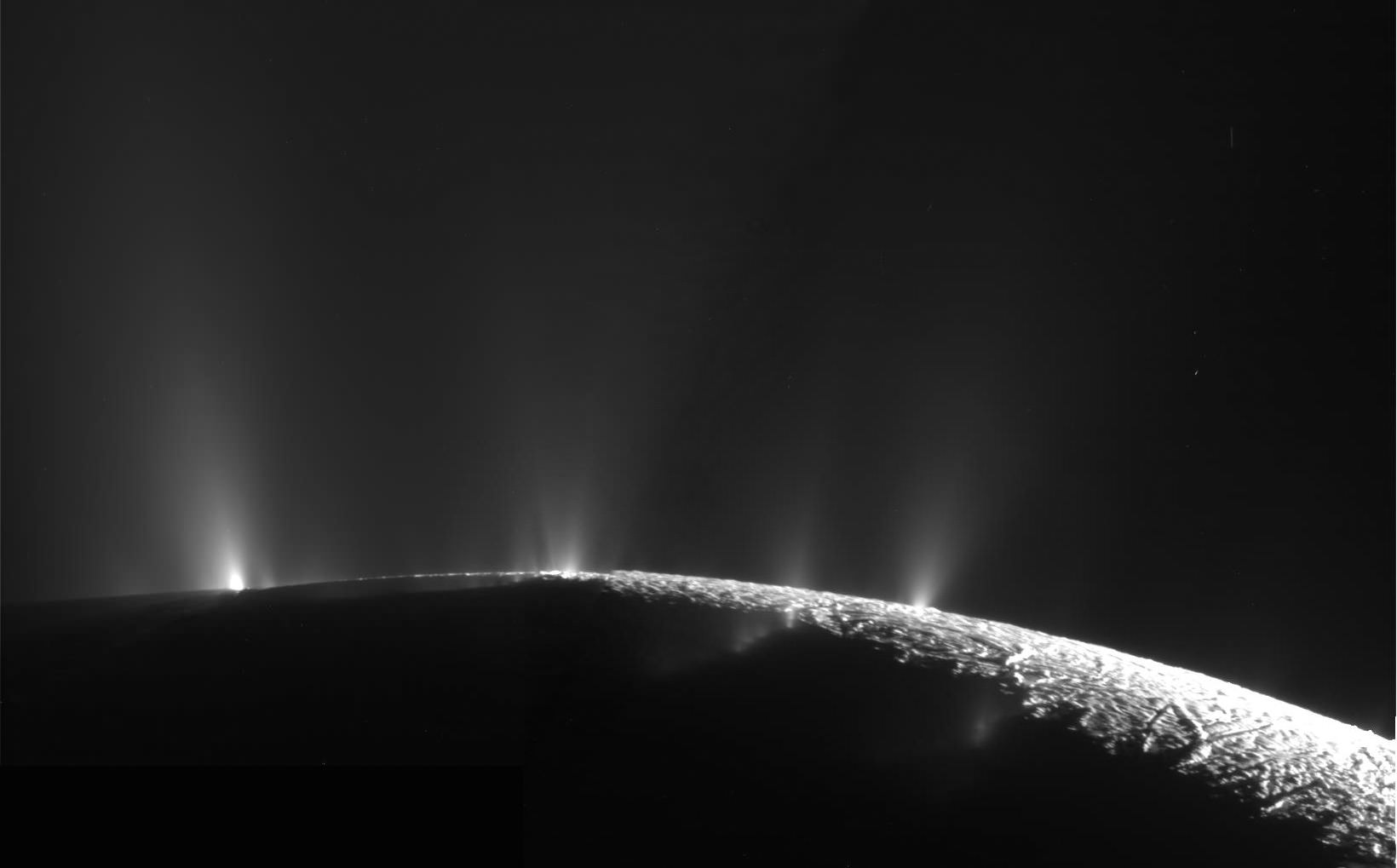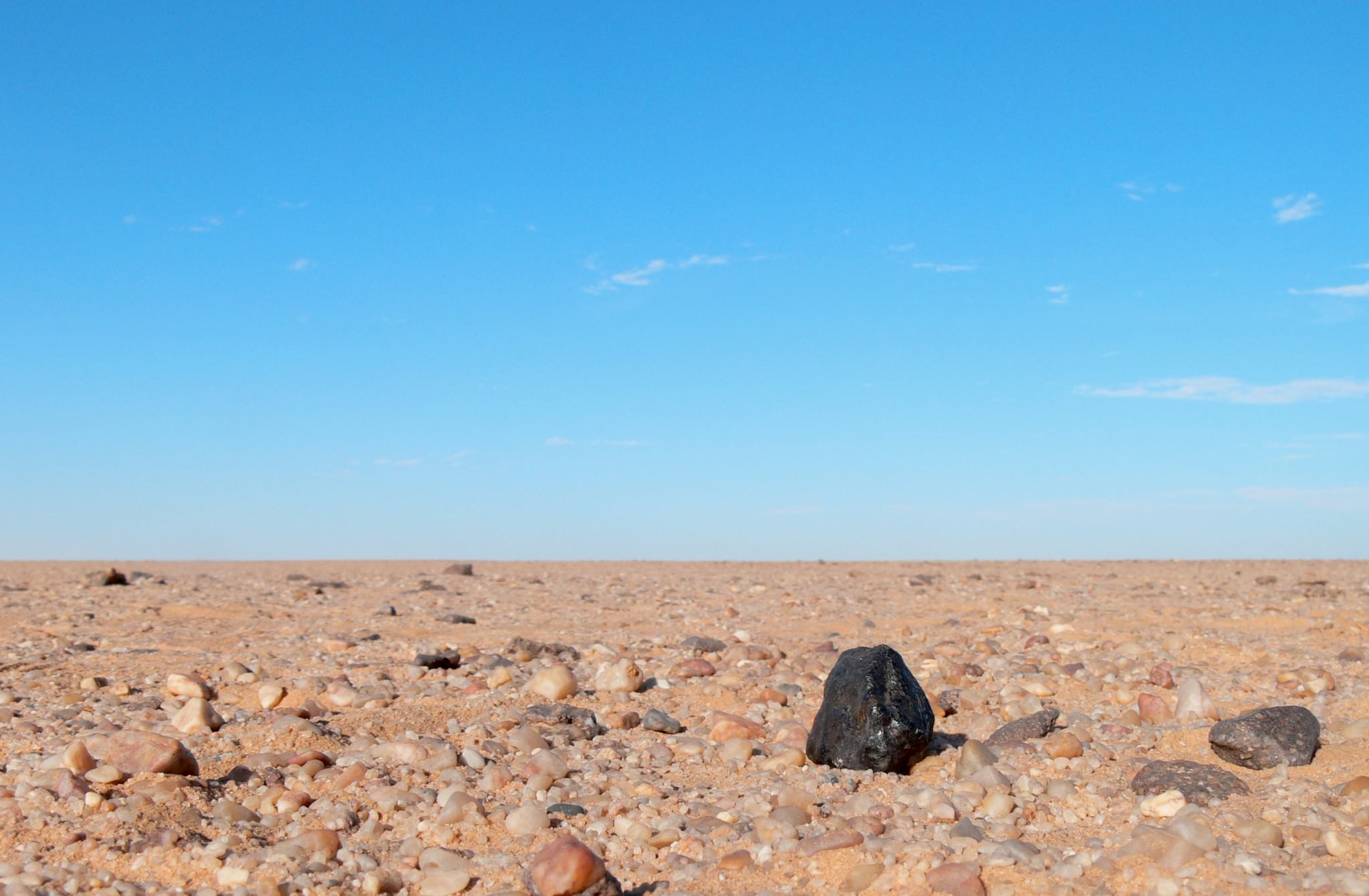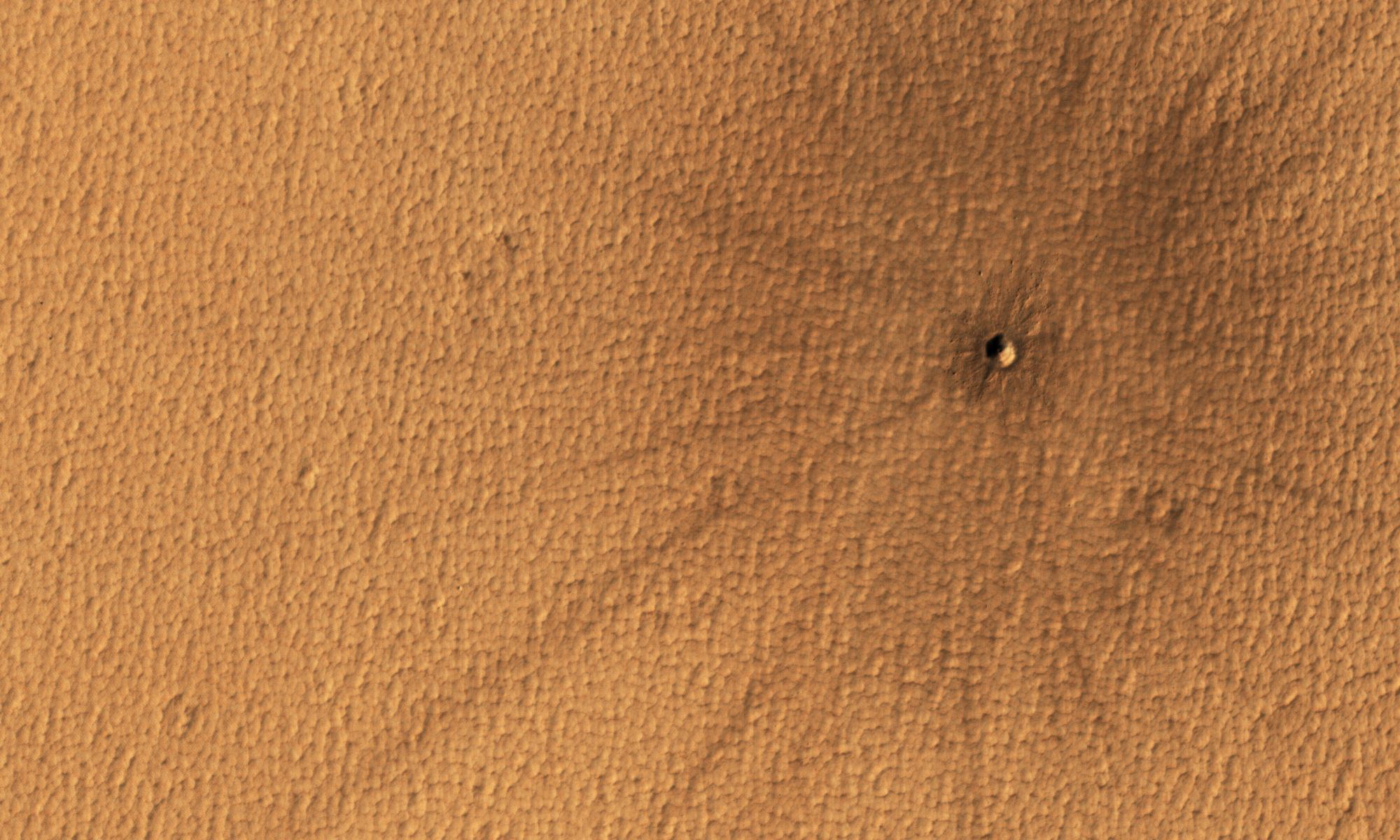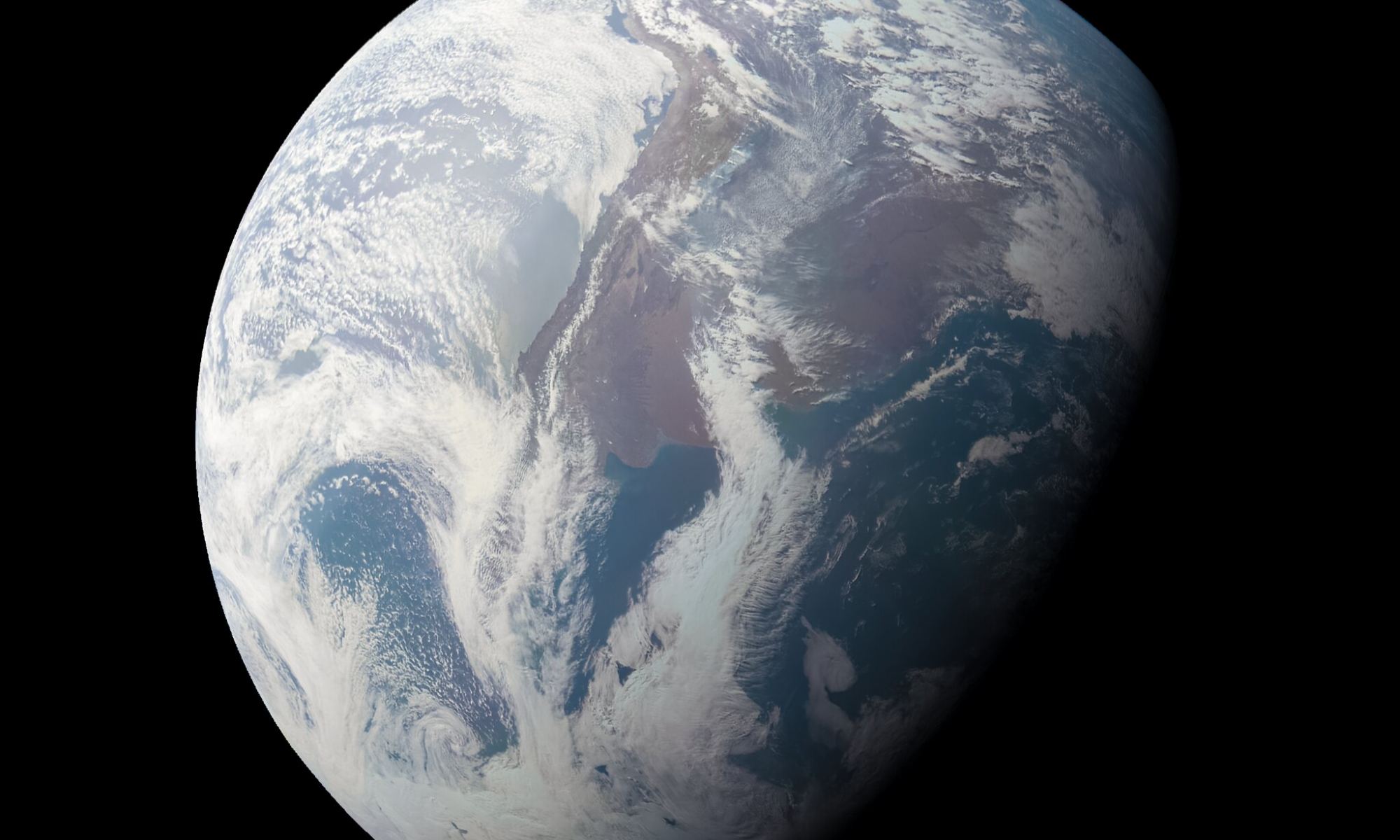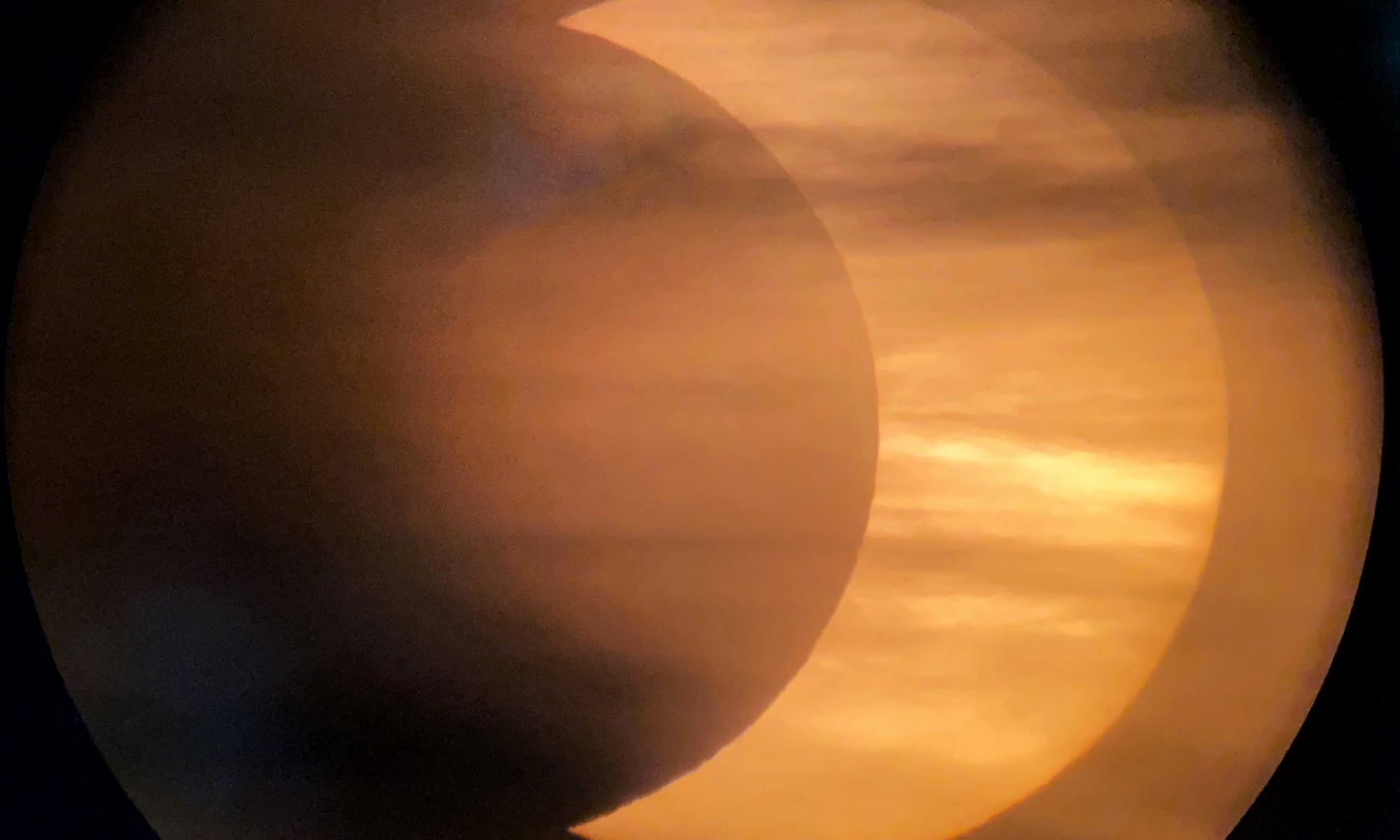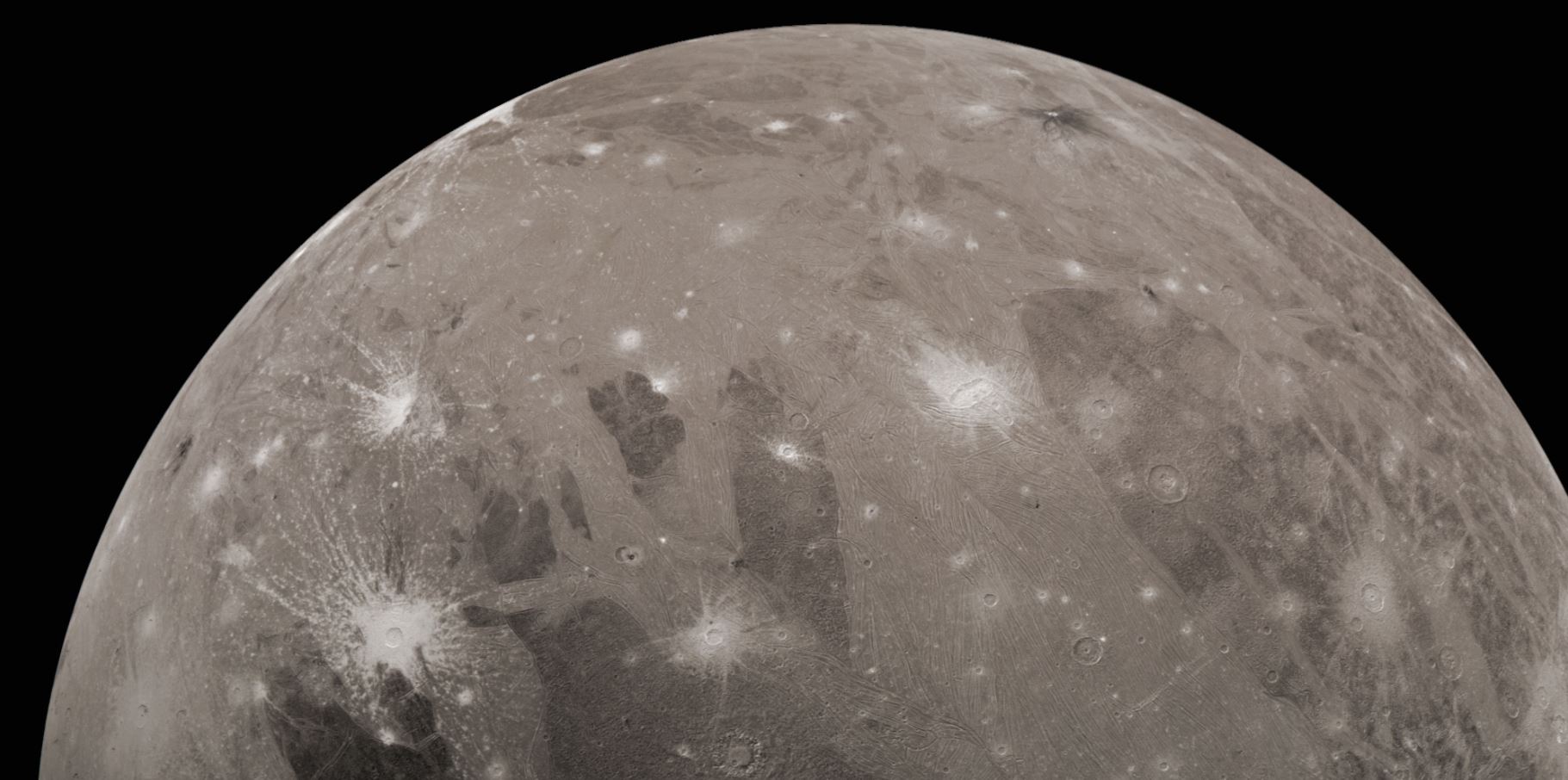Even though the Cassini mission at Saturn ended nearly four years ago, data from the spacecraft still keeps scientists busy. And the latest research using Cassini’s wealth of data might be the most enticing yet.
Researchers say they’ve detected methane in the plumes of Saturn’s icy moon Enceladus. The process for how the methane is produced is not known at this time, but the study suggests that the surprisingly large amount of methane found are likely coming from activity at hydrothermal vents present on Enceladus’s interior seafloor. These vents could be very similar those found in Earth’s oceans, where microorganisms live, feed on the energy from the vents and produce methane in a process called methanogenesis.
Continue reading “Cassini Saw Methane in Enceladus’ Plumes. Scientists Don’t Know How it Could be There Without Life”
